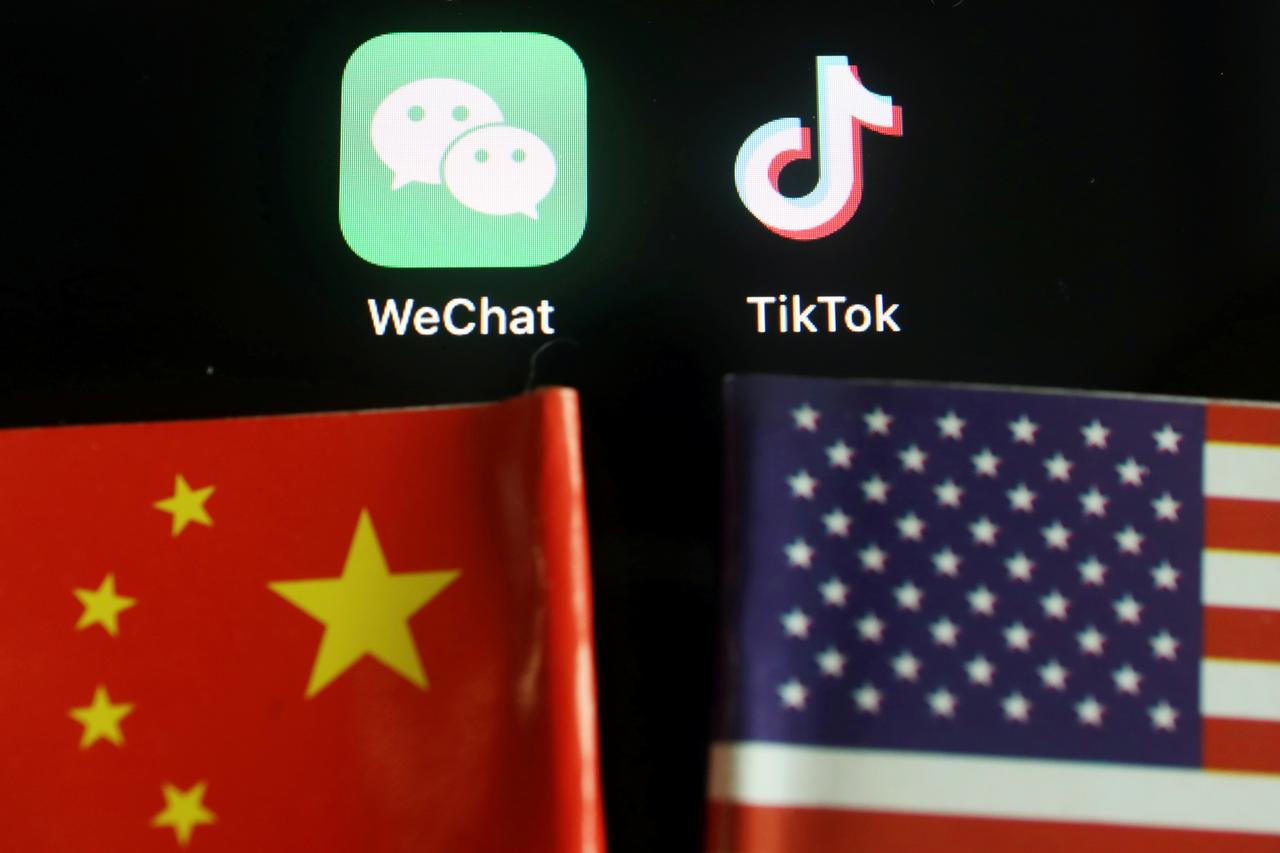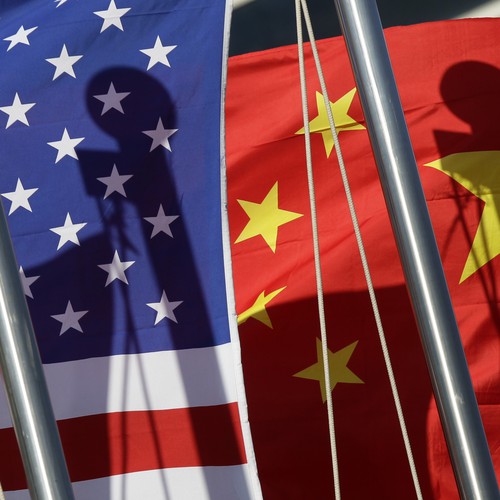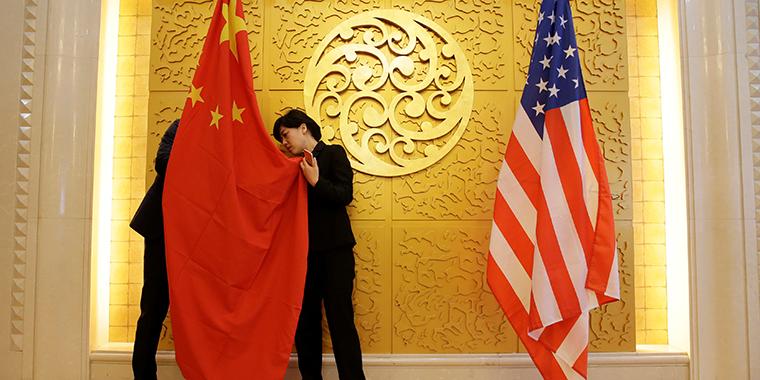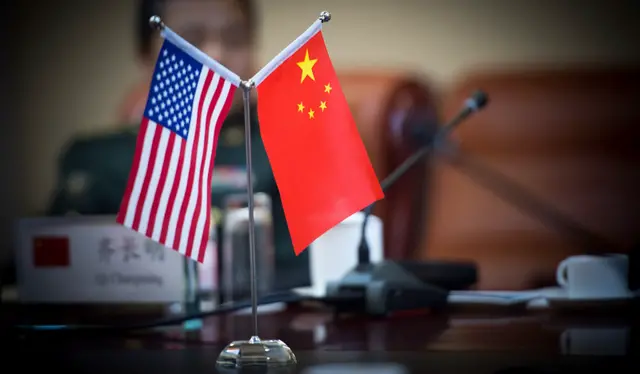By APD writer Alice
China is looking to get out of the US siege after the American country and the West have recently launched a number of measures against Chinese goods.
Besides strengthening relations with Asian countries like Singapore, Indonesia and South Korea, China also determined that Beijing needs to increase awareness of a long-term war and accelerate the formation of a new development complexion with the “dual circulation” growth model.
The US and some European countries boycotted Chinese goods and even banned technology companies of China such as Huawei, ZTE and ByteDance.
As tensions with the US and the global epidemic situation are increasing external risks, the Chinese economy is seeking to reduce its dependence on foreign markets and technology.

To break the economic blockage, China is pursuing a new development plan called “dual circulation” growth model, which prioritizes the revival of domestic demand by the "internal circulation" policy and takes "external circulation" (developing outside markets) as a support.
The plan emphasizes that domestic goods circulation and exchange will play a key role.
China's next 5-year economic development plan (2021-2025) is forecast to have an important change when entering the "internal circulation" phase (developing domestic demand) to minimize the impact of US containment as well as difficult external environment.
In fact, from mid-May 2020, the concepts of "internal circulation" economic development and "dual circulation" growth model have been mentioned many times by high-ranking Chinese officials in a number of conferences, economic forums and seminars with businesses. "Circulation" has also become a hot topic in the economic sector of China, discussed enthusiastically by experts and people recently.

Chinese leader recently declared that Beijing will be removing its export-focused economic model that began in the early 1990s. This model has greatly boosted the economy and made China the second largest economy in the world. It has come into play, especially after China joined the World Trade Organization (WTO) in 2001 and turned China into “the workshop of the world". However, this model has also revealed many shortcomings in recent years as China wants to go further in the global value chain.
This goal, coupled with the fierce competition in trade and technology with the US and the split of the world economy post-Covid-19, has led Beijing to seek an economic "autonomy".
According to President Xi Jinping, China is facing "adverse winds" from outside, including the global economic slowdown, disruptions in international trade and investment, nationalism, and increased protection.
Therefore, the country needs more autonomy in technology and markets, with digital economy, smart manufacturing, health care and new materials to be potential areas that it can focus on in the near future to spur growth, he noted.

The complete version of China’s 14th five-year plan will only be announced in March 2021, but preliminary analyses show that the country will promote autonomy in development by reducing its dependence on technology and exports from the US.
Accordingly, technology will be one of the key areas that is expected to have a breakthrough. Washington targeting Huawei and restricting high-tech exports to Beijing have forced China to find any ways to reduce its dependence on imported technology.
Director of ANZ Bank in China Raymond Yeung said that the transformation of China's economic development strategy stems from concerns that demand from the outside market will find it hard to recover in the next 2 to 3 years.
This move could be a preparation for the worst scenario, including the separation from the US and even the West, said Hu Xingdou, an independent economist.
(ASIA PACIFIC DAILY)
 简体中文
简体中文

